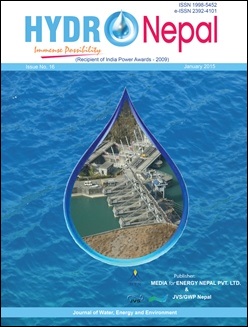Cost-Effective and Eco-Friendly Methods for Lake Water- Purification
DOI:
https://doi.org/10.3126/hn.v16i0.12223Keywords:
Water Quality, Treatment, lake, Physico-chemical, Aeration unit, Macrophytes, Sewage, Bhopal, IndiaAbstract
Lakes and reservoirs are very important property for people’s life, industrial activities and so on. They provide various benefits to us, such as securing water resources for drinking, agriculture and industrial use, fishery resource, flood control functions and ecosystem integrities. However, because of the closed nature of lakes’ water system, pollution tends to accumulate therein, once water is polluted, it is difficult to improve the water quality. In Addition, the situation is that a remarkable improving tendency of the water quality of lakes is not seen due to the increase of the pollutant load by the economic change and the increase of the Industrialization and population as well as the change in the lake environment.
Bhopal city popularly known as the city of lakes, have more than eighteen water bodies. Out of eighteen water bodies, few are source of drinking water after preliminary treatment. Rest of the water bodies serves secondary purposes like irrigation, fisheries and recreational activities etc. These two lakes are Shahpura Lakeand Lower Lake. Shahpura Lake is situated in new Bhopal city where as Lower Lake is situated in old city. Both are eutrophic and sewage fed lake.
DOI: http://dx.doi.org/10.3126/hn.v16i0.12223
HYDRO Nepal
Journal of Water Energy and Environment
Issue. 16, 2015, January
Page: 40-43
Upload date: March 1, 2015
Downloads
Downloads
Published
How to Cite
Issue
Section
License
The copyright of the articles and papers published is held by HYDRO Nepal Journal.
The views and interpretation in this journal are those of author(s), and HYDRO Nepal does not bear any responsibility for the views expressed by authors in the journal.




